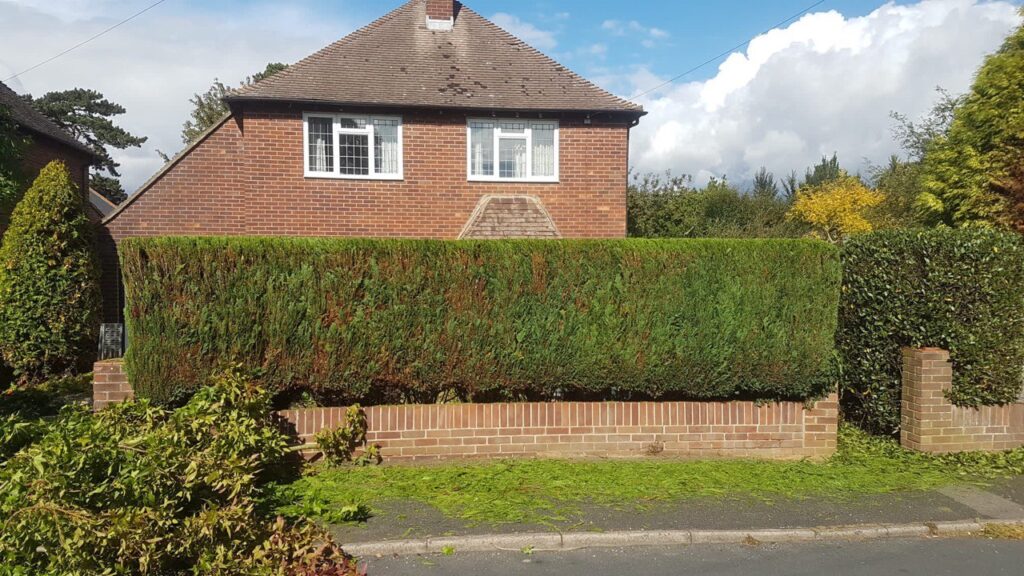Introduction: Trees are often regarded as pillars of strength and beauty in our landscapes, providing shade, oxygen, and habitat for wildlife. However, there are occasions when tree removal becomes necessary to ensure safety, preserve property, or promote the health of surrounding vegetation. In this blog post, LM Tree Surgery Bognor Regis explores the delicate balance between tree care and tree felling, offering insights into when removal is essential for the well-being of both trees and their environment.
Assessing Tree Health:
- Visible Signs of Decline: Watch for visible signs of decline, such as leaf discolouration, dead branches, sparse foliage, or fungal growth on the trunk. These symptoms may indicate underlying issues such as disease, pest infestation, or structural weakness.
- Structural Integrity: Evaluate the tree’s structural integrity, paying attention to signs of decay, cavities, or cracks in the trunk or major limbs. Trees with compromised structural integrity pose risks of limb failure or uprooting, potentially endangering nearby structures, vehicles, or pedestrians.
Considering Safety Risks:
- Proximity to Structures: Assess the tree’s proximity to structures, utility lines, and high-traffic areas. Trees that overhang buildings, power lines, or driveways may pose risks of property damage or personal injury in the event of limb failure or tree collapse.
- Risk of Falling: Consider the risk of falling branches or toppling trees during adverse weather conditions, such as strong winds, heavy rain, or snowstorms. Trees located in high-wind zones or prone to storm damage may require removal to mitigate safety hazards.
Promoting Landscape Health:
- Light and Space Competition: Recognise when trees compete for light, water, and nutrients with surrounding vegetation, inhibiting the growth and vitality of understory plants or neighbouring trees. Removing overcrowded or invasive trees can promote a healthier and more balanced landscape.
- Disease Prevention: Proactively remove diseased or pest-infested trees to prevent the spread of pathogens or pests to nearby vegetation. Prompt removal of infected trees can help contain outbreaks and protect the ecosystem’s overall health.
Sustainable Tree Management:
- Replacement and Restoration: When removing trees, consider replanting native species or incorporating new trees into the landscape to maintain biodiversity, ecosystem services, and aesthetic value. Select tree species well-suited to the site conditions and fulfil desired landscape functions.
- Professional Consultation: Consult with certified arborists or tree care professionals to assess the condition of trees, evaluate potential risks, and determine the most appropriate course of action. Professional expertise ensures safe and responsible tree removal practices by industry standards and regulations.
Conclusion: Tree felling is a nuanced decision that requires careful consideration of tree health, safety risks, and landscape dynamics. Property owners can make informed decisions about tree removal that promote safety, sustainability, and the long-term well-being of their outdoor spaces by understanding the signs of decline, assessing safety hazards, and prioritising landscape health.
Call us on: 01243 973 494
Click here to find out more about LM Tree Surgery Bognor Regis
Click here to complete our contact form and see how we can help with your tree’s needs.

